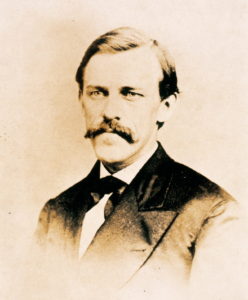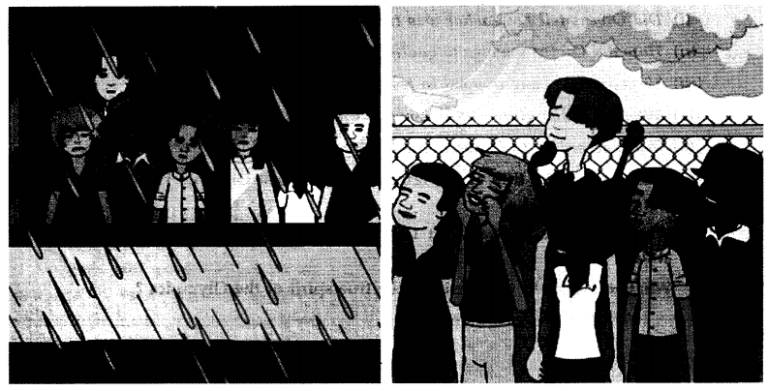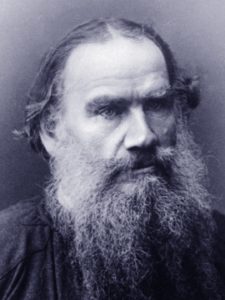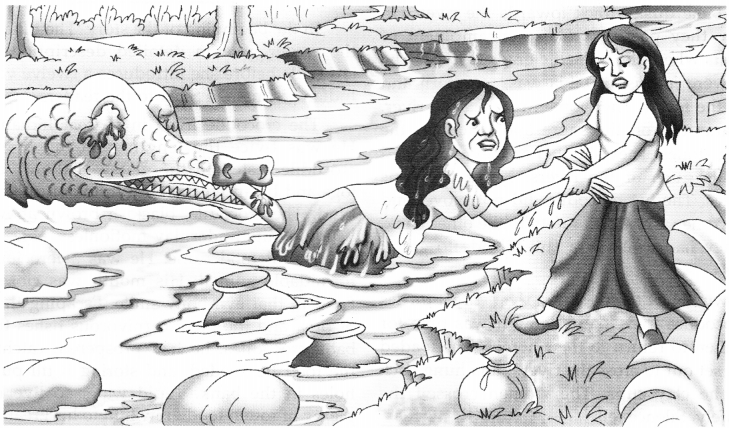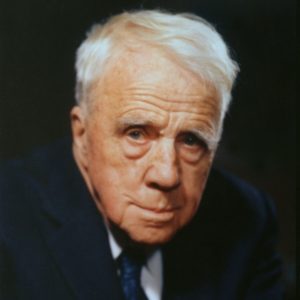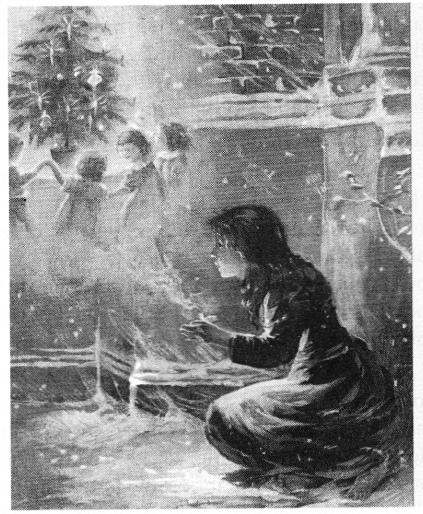We have decided to create the most comprehensive English Summary that will help students with learning and understanding.
Quality Summary in English by John Galsworthy
Quality by William Elliot Griffis About the Author
| Author Name | John Galsworthy |
| Born | 14 August 1867, Kingston upon the Thames, United Kingdom |
| Died | 31 January 1933, Hampstead, London, United Kingdom |
| Plays | Strife, The First and the Last, The Skin Game, Escape |
| Awards | Nobel Prize in Literature |
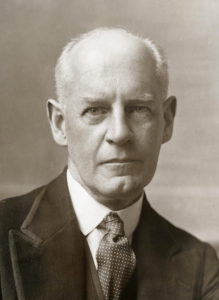
Quality Summary in English
‘Quality’ is the story of a German shoemaker settled in London. His name was Mr. Gessler. He was a perfect artist. He used to make the boots of the narrator’s father also. Gessler lived with his elder brother. The shop had no signboard. He made boots only on advance order. And they never failed to fit. His boots lasted long. So the narrator did not need to go to his shop very often.
The customer going to Gessler sat on a wooden chair and waited. It was like going to some church. The narrator wanted a pair of Russian leather boots. Gessler showed his piece of gold brown leather. He promised to deliver the boots after a fortnight. He, it seemed, used to dream of boots.
Once the narrator complained that his last pair of boots creaked. Gessler was shocked to hear it. He agreed to repair or replace them.
On another occasion the narrator entered Gessler’s shop. He was wearing a pair of shoes bought at a large firm. Gessler told that those were not his boots. He put a finger on the place where the left boot was not comfortable. He spoke bitterly that big firms made poor quality boots. He also spoke about the hard times of his trade. His own business was going down.
The narrator was so deeply moved that he ordered for many pairs. For two years he couldn’t go to Gessler’s shop. When he came to Gessler’s shop next time he came to know that Gessler’s elder brother had died. He again ordered for many pairs of boots.
He was also upset to see Mr. Gessler who seemed to have grown older by 15 years. And he again ordered for many pairs of boots. Soon he went abroad.
When he returned his country after a year, he went to Gessler’s shop to thank him for the new boots which he had parceled to him. But he found that the name of the shop was gone. It had been taken over by some Englishman. The poor fellow died of slow starvation. His business failed for he took a long time to supply the order. He never made any advertisement. He used the best leather. He never gave himself time to eat. He was a character, who made really good boots.
Quality Summary in Hindi
‘Ouality’ एक जर्मन मोची की कहानी है जो लंदन में बस गया था। वह कुशल कलाकार था। उसका नाम मिस्टर गेसलर था। यह वर्णनकर्ता के पिता के लिये भी जूते बनाता था। गेसलर अपने बड़े भाई के साथ रहता था। दुकान पर कोई नाम का बोर्ड न था। वह जूते केवल अग्रिम आदेश मिलने पर बनाता था। और वे जूते हमेशा फिट आते थे। उसके जूते बहुत समय तक चलते थे। इस कारण लेखक को उसकी दुकान पर बार-बार जाने की जरुरत नहीं पड़ती थी।
जो ग्राहक गेसलर की दुकान पर जाते थे वे लकड़ी की कुर्सी पर बैठ कर प्रतीक्षा करते थे। उनके लिए तो वहां बैठना जैसे गिरजाघर में बैठने के बराबर था। लेखक को रुसी चमड़े के बने हुए बूट चाहियें थे। गेसलर ने उसे एक भूरे रंग का चाम दिखाया। उसने एक पखवाड़े के बाद बूट देने का वायदा किया। वह जैसे जूतों के ही सपनों में खोया रहता था।
एक बार लेखक ने उससे शिकायत की कि उसके पिछली बार के जूते चूं-धूं की आवाज करते थे। गेसलर यह सुनकर स्तब्ध रह गया। वह उन जूतों की मरम्मत करने या बदलने को राजी हो गया।
एक अन्य अवसर पर लेखक गेसलर की दुकान पर एक बड़ी दुकान से खरीदा हुआ जूता पहने हुए घुसा। गेसलर बोला ये बूट तो उसने नहीं बनाये थे। उसने अपनी उंगली बायें जूते पर एक जगह रखकर कहा कि यहां आरामदेह नहीं होगा। वह कटुतापूर्वक बोला कि बडी फर्मे घटिया किस्म के जूते बनाती हैं। उसने अपने धंधे की परेशानियों का भी जिक्र किया। उसका धंधा अब मंदा पड़ता जा रहा था।
लेखक इतना भावुक हो गया कि उसने कई जोड़े जूतों का आर्डर दे दिया। दो वर्षों तक वह गेसलर की दुकान पर नहीं जा सका। जब वह अगली बार दुकान पर आया तो उसे पता चला कि गेसलर के बड़े भाई की मृत्यु हो चुकी थी। उसने फिर कई जोड़े जूतों का आदेश दे दिया।
कोई एक वर्ष के बाद वह उस जूते वाले के पास फिर गया। गेसलर अपनी आयु से 15 वर्ष अधिक लग रहा था। लेखक को बूटों का पार्सल मिल गया था। वे बहुत अच्छे थे। उसने एक चेक गेसलर को भेजा था।
एक सप्ताह पश्चात वह उस सड़क से गुजरा तथा गेसलर की दुकान पर नये जूतों के लिए आभार व्यक्त करने चला गया। उसने देखा कि गेसलर की दुकान हट चुकी थी। दुकान किसी अंग्रेज ने खरीद ली थी। गेसलर बेचारा भूख से मर गया था। उसका धंधा चौपट हो गया था क्योंकि वह आर्डर पूरा करने में बहुत समय लगा देता था। वह कभी विज्ञापन नहीं करता था। वह सर्वोत्तम किस्म के चमड़े का इस्तेमाल करता था। उसके पास अपना भोजन करने की भी फुरसत नहीं होती थी। वह एक ऐसा पात्र था जो सचमुच बढ़िया किस्म के जूते बनाता था।
